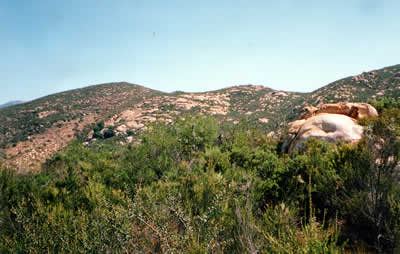EHL and other groups worked hard to improve an important report that, if properly implemented, will bring science-based management to fire-stressed landscapes.

The chaparral, coastal sage scrub, and forest ecosystems of Southern California are adapted to fire events at intervals of decades, and research shows that very large fires were part of this history. However, the human-caused repetitive blazes of recent times threaten “type conversion” of shrublands to flammable weeds. Drought-stressed forests are prone to destructive fires, as well. As the “interface” between residential uses and wildlands has expanded, one potential reaction is excessive – and counterproductive – clearing of vegetation.
With EHL’s encouragement, the County of San Diego convened a scientific panel to review fire management. We also testified at public hearings, outreached to the conservation community, met with staff, and submitted extensive comments on initially flawed documents. The outcome, supported by EHL, is a strategy of limited, strategic fuel breaks and appropriate forest understory thinning. The report also calls for a holistic approach, including land use, ignition control, and retrofitting of homes to reduce the danger from wind-driven embers. EHL will closely monitor the development of actual fire management plans so that they reflect the best science and realize the promise of the report.


